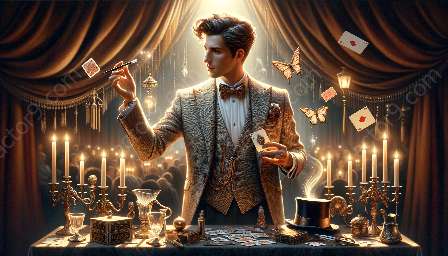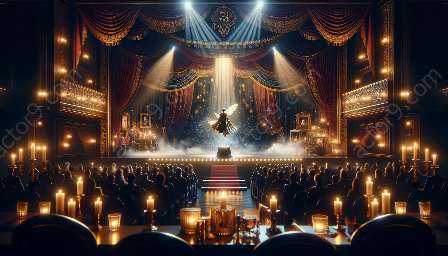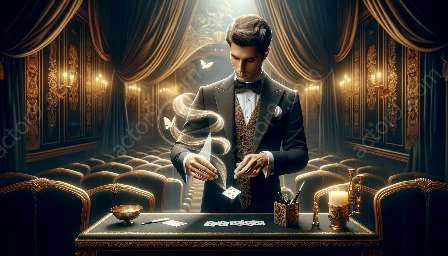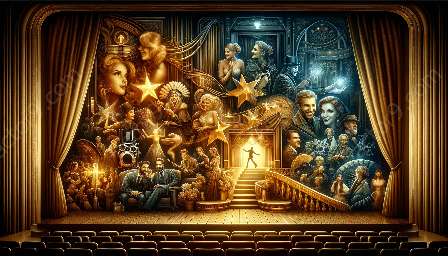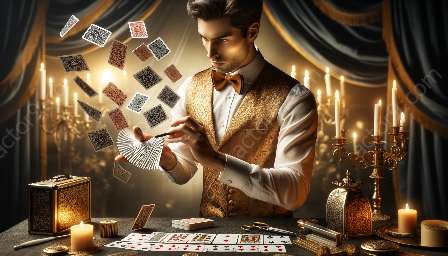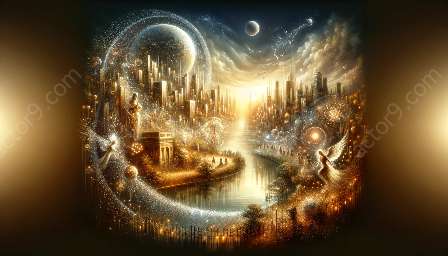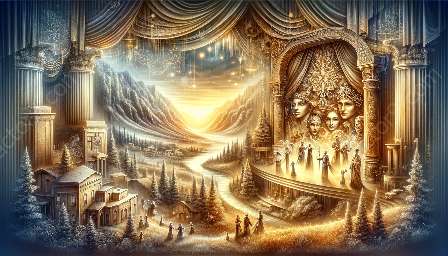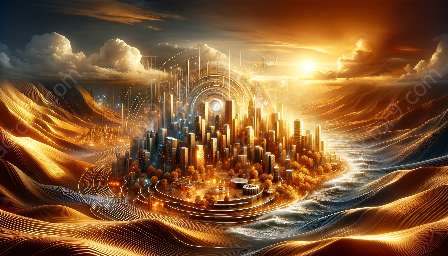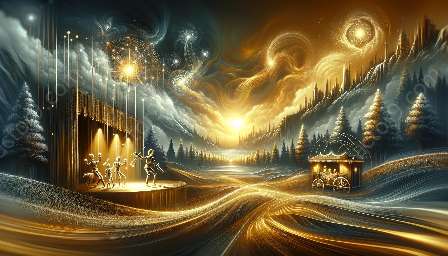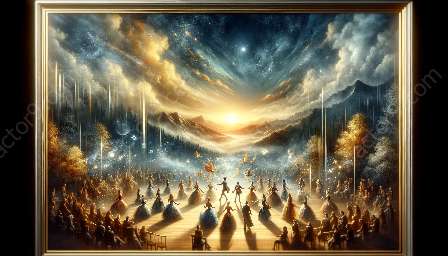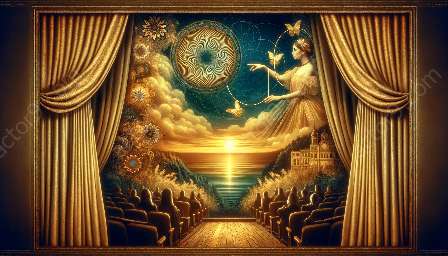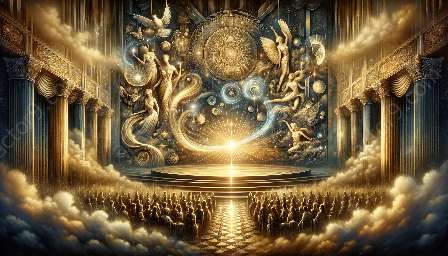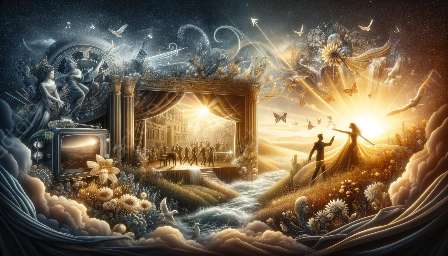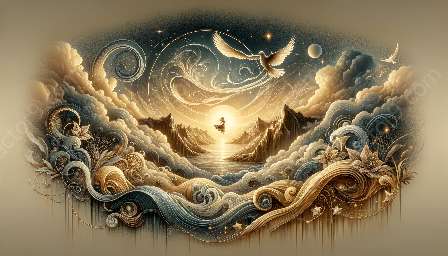Close-up magic, with its enchanting blend of illusion, sleight of hand, and storytelling, has had a considerable impact on various art forms. From inspiring visual artists and filmmakers to influencing literature and performance arts, close-up magic’s influence is multi-faceted and profound.
Impact on Visual Arts
Close-up magic’s emphasis on visual deception and manipulation has intrigued and influenced visual artists throughout history. The concept of manipulating the viewer's perception and creating illusions has found resonance in the works of surrealists and modern artists. Artists such as Salvador Dali and M.C. Escher have drawn inspiration from the principles of close-up magic, incorporating elements of distortion and illusion into their celebrated artworks.
Influence on Cinema
The cinematic world has not been immune to the allure of close-up magic. The storytelling, misdirection, and spectacle of close-up magic have informed and inspired filmmakers in crafting captivating narratives and visual marvels. Notable directors like Christopher Nolan and Martin Scorsese have seamlessly integrated the techniques and themes of close-up magic into their films, subtly weaving elements of illusion and mystery into their storytelling.
Literary Connections
The alluring nature of close-up magic has also made a mark in literature, where the themes of deception, intrigue, and the inexplicable come to life. Writers and poets have drawn from the world of close-up magic to create compelling narratives and metaphors, exploring the boundaries between reality and illusion, truth and deception. Authors such as Haruki Murakami and Jorge Luis Borges have skillfully incorporated the essence of close-up magic into their literary works, enthralling readers with tales of wonder and enchantment.
Performance Arts
Close-up magic’s influence extends to the realm of performance arts, where its captivating techniques have inspired a new wave of interactive and immersive experiences. Magicians and performers have integrated the principles of close-up magic into various forms of entertainment, from theatrical performances to interactive installations, creating spellbinding experiences that blur the line between reality and illusion.
Conclusion
Close-up magic's influence on other art forms is a testament to the enduring appeal of illusion, wonder, and storytelling. From visual arts to cinema, and literature to performance arts, the impact of close-up magic continues to fascinate and inspire, showcasing the timeless allure of magic and illusion in shaping diverse artistic expressions.


